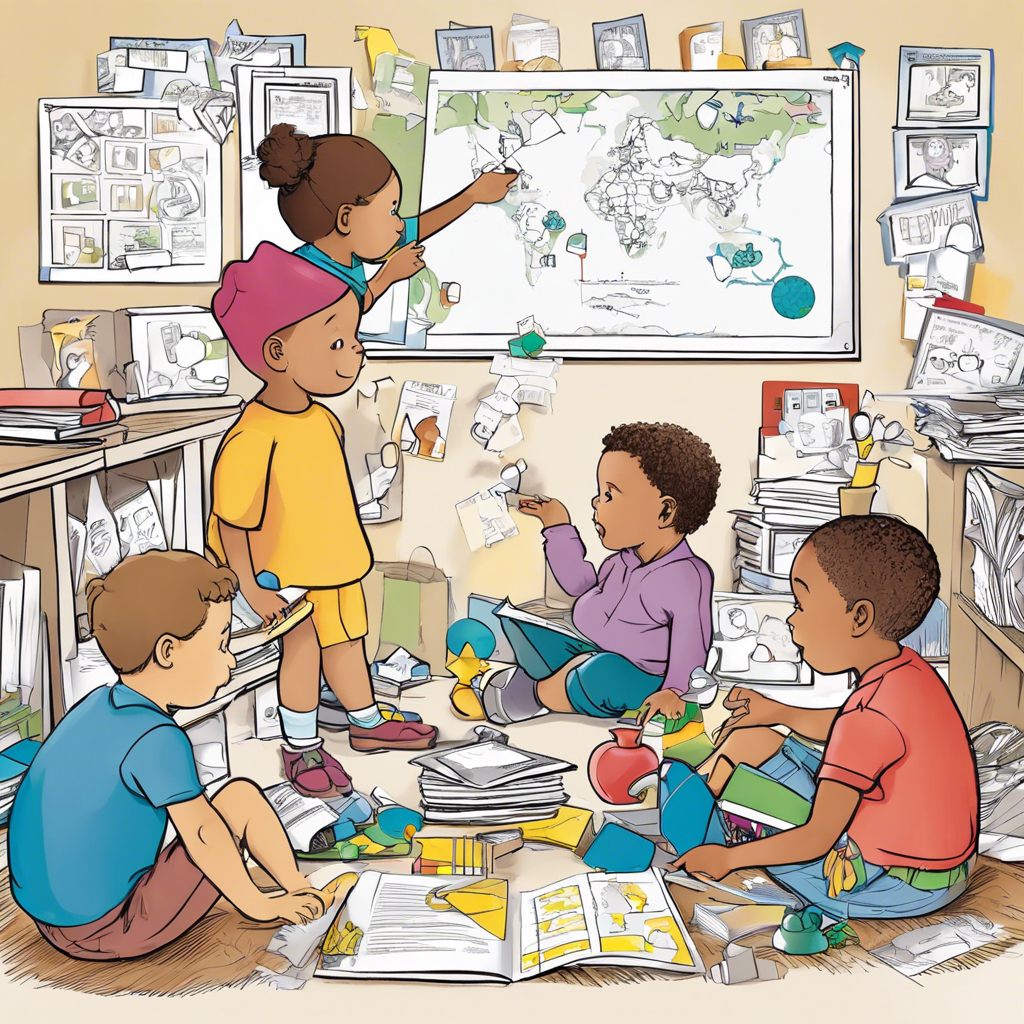Teaching critical thinking skills to young children is an important aspect of their education and can help them develop into curious, engaged, and thoughtful individuals. But what are the best ways to encourage critical thinking in young minds?
First and foremost, creating an environment that fosters open discussion and inquiry is key. Encourage children to ask questions and explore a variety of perspectives. This can be facilitated through group discussions, where children are prompted to consider different points of view and defend their own ideas with reasoning. By creating a safe and non-judgmental space for dialogue, children will feel empowered to express their thoughts and challenge their own assumptions.
Another effective strategy is to incorporate real-world examples and hands-on activities that allow children to apply critical thinking skills to practical situations. For instance, present them with a problem or scenario and ask them to identify the issue, generate possible solutions, and evaluate the potential outcomes of each solution. This helps them develop analytical skills and a sense of logical reasoning.
Additionally, teaching children about cognitive biases and common logical fallacies can help them become more aware of their own thinking processes. Explaining concepts like confirmation bias, logical fallacies, and cognitive distortions in simple terms can give them tools to identify and challenge their own biases and improve their decision-making abilities.
Storytelling and reading are also powerful tools to promote critical thinking. When reading or listening to stories, ask children to identify the problem faced by the characters and discuss the decisions they made. This encourages them to step into the shoes of the characters and think critically about the choices presented.
Integrating STEM (science, technology, engineering, and mathematics) education at an early age is another valuable approach. STEM activities and experiments naturally promote critical thinking as children are required to observe, ask questions, make predictions, and draw conclusions based on empirical evidence.
By combining these strategies and creating a rich learning environment, we can effectively nurture critical thinking skills in young children, setting them up for a lifetime of inquisitive and analytical thinking.
It is also beneficial to provide children with opportunities to make decisions and solve problems on their own. This can be done through games and activities that require strategic thinking, such as chess or puzzles. Presenting children with challenges and allowing them to come up with their own solutions fosters their ability to think independently and creatively.
In addition, promoting a growth mindset is crucial for developing critical thinking skills. Helping children understand that intelligence and abilities can be cultivated through effort and practice encourages them to embrace challenges and persist in the face of obstacles. This mindset fosters a love of learning and a willingness to take risks, both of which are essential for critical thinking.
Encouraging children to reflect on their experiences and learn from them is another aspect of fostering critical thinking. Asking open-ended questions that prompt self-reflection, such as “What could you have done differently?” or “How did that make you feel and why?”, helps children analyze their actions and decisions and consider alternative approaches.
Modeling critical thinking in our daily interactions with children is also important. When faced with decisions or problems, verbalize your thought process aloud so that children can understand how to weigh options, consider consequences, and make informed choices. By doing so, they can emulate this approach in their own decision-making.
Furthermore, providing structured yet open-ended projects or assignments can effectively promote critical thinking. Giving children a clear framework and guidelines while allowing flexibility in how they approach and complete the task encourages them to make decisions, manage their work, and think critically within a defined parameter.
Integrating art and creative activities is another avenue to fostering critical thinking. Open-ended art projects, for instance, allow children to make choices, experiment with different techniques and materials, and evaluate the outcomes. This process helps them develop critical thinking skills through exploration and self-expression.
In conclusion, encouraging critical thinking in young children sets a strong foundation for their cognitive development and future success. By creating an environment that fosters curiosity, inquiry, and open discussion, we can nurture their natural curiosity and help them develop into thoughtful and analytical individuals. Through a combination of dialogue, real-world applications, STEM integration, and a growth mindset, we can effectively empower the next generation with essential critical thinking skills.

